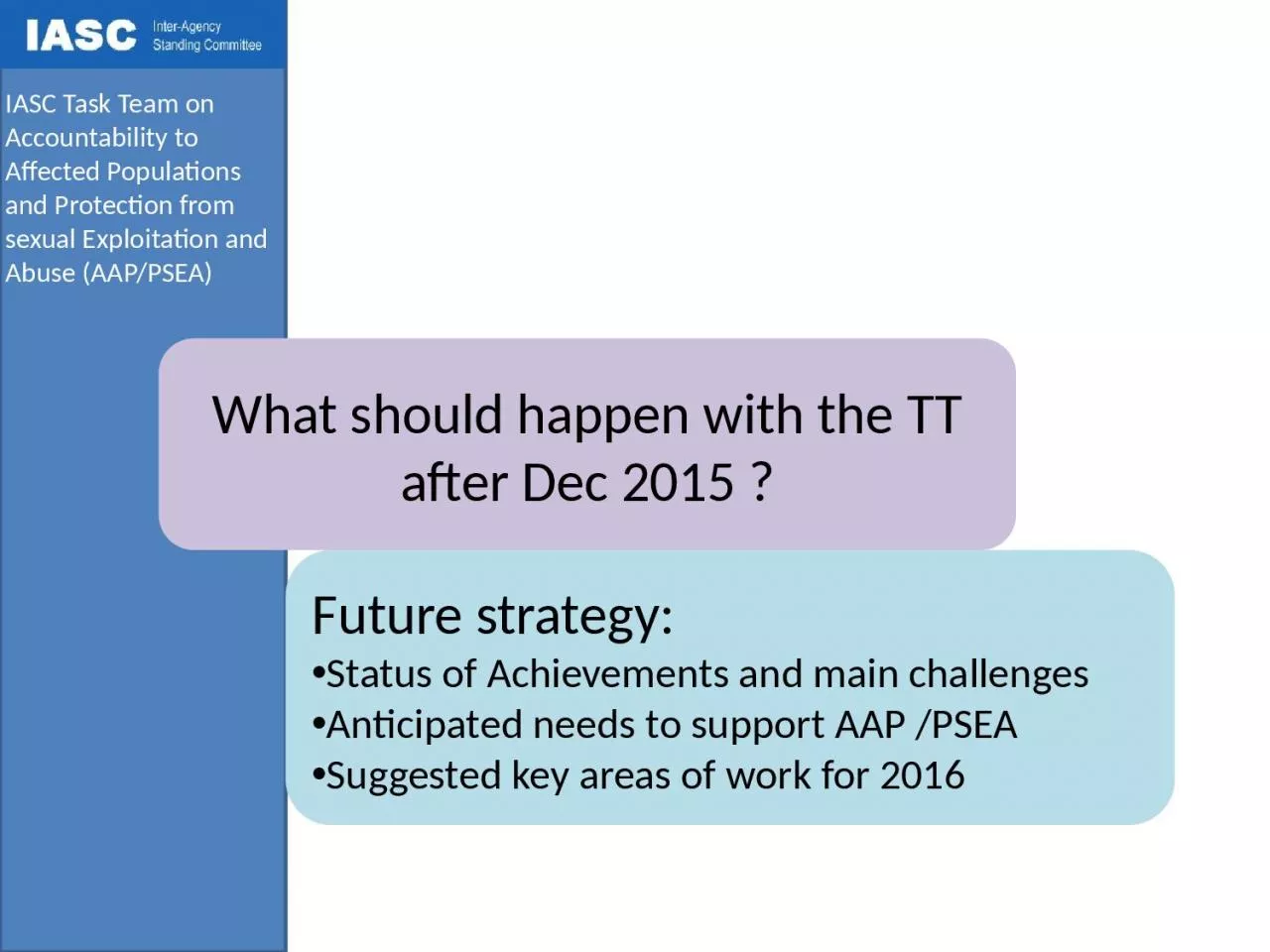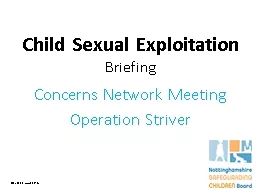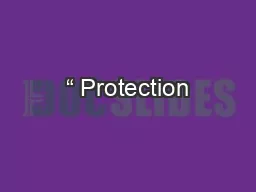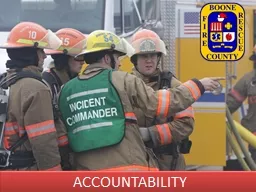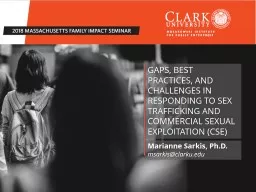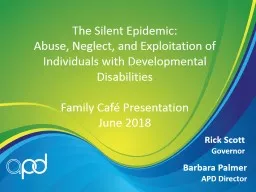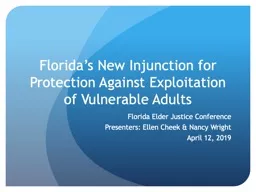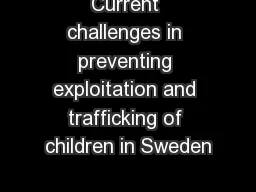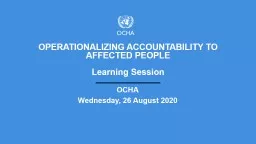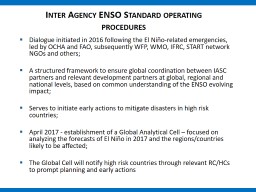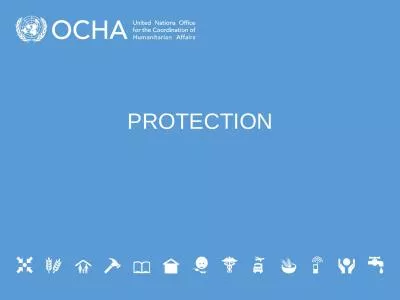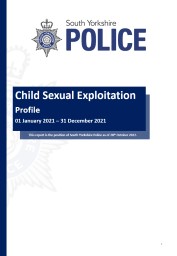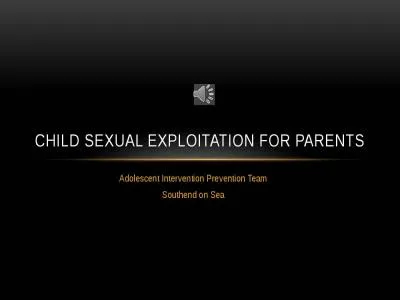PPT-IASC Task Team on Accountability to Affected Populations and Protection from sexual Exploitation
Author : fanny | Published Date : 2022-06-28
What should happen with the TT after Dec 2015 Future strategy Status of Achievements and main challenges Anticipated needs to support AAP PSEA Suggested key areas
Presentation Embed Code
Download Presentation
Download Presentation The PPT/PDF document "IASC Task Team on Accountability to Affe..." is the property of its rightful owner. Permission is granted to download and print the materials on this website for personal, non-commercial use only, and to display it on your personal computer provided you do not modify the materials and that you retain all copyright notices contained in the materials. By downloading content from our website, you accept the terms of this agreement.
IASC Task Team on Accountability to Affected Populations and Protection from sexual Exploitation: Transcript
Download Rules Of Document
"IASC Task Team on Accountability to Affected Populations and Protection from sexual Exploitation"The content belongs to its owner. You may download and print it for personal use, without modification, and keep all copyright notices. By downloading, you agree to these terms.
Related Documents

